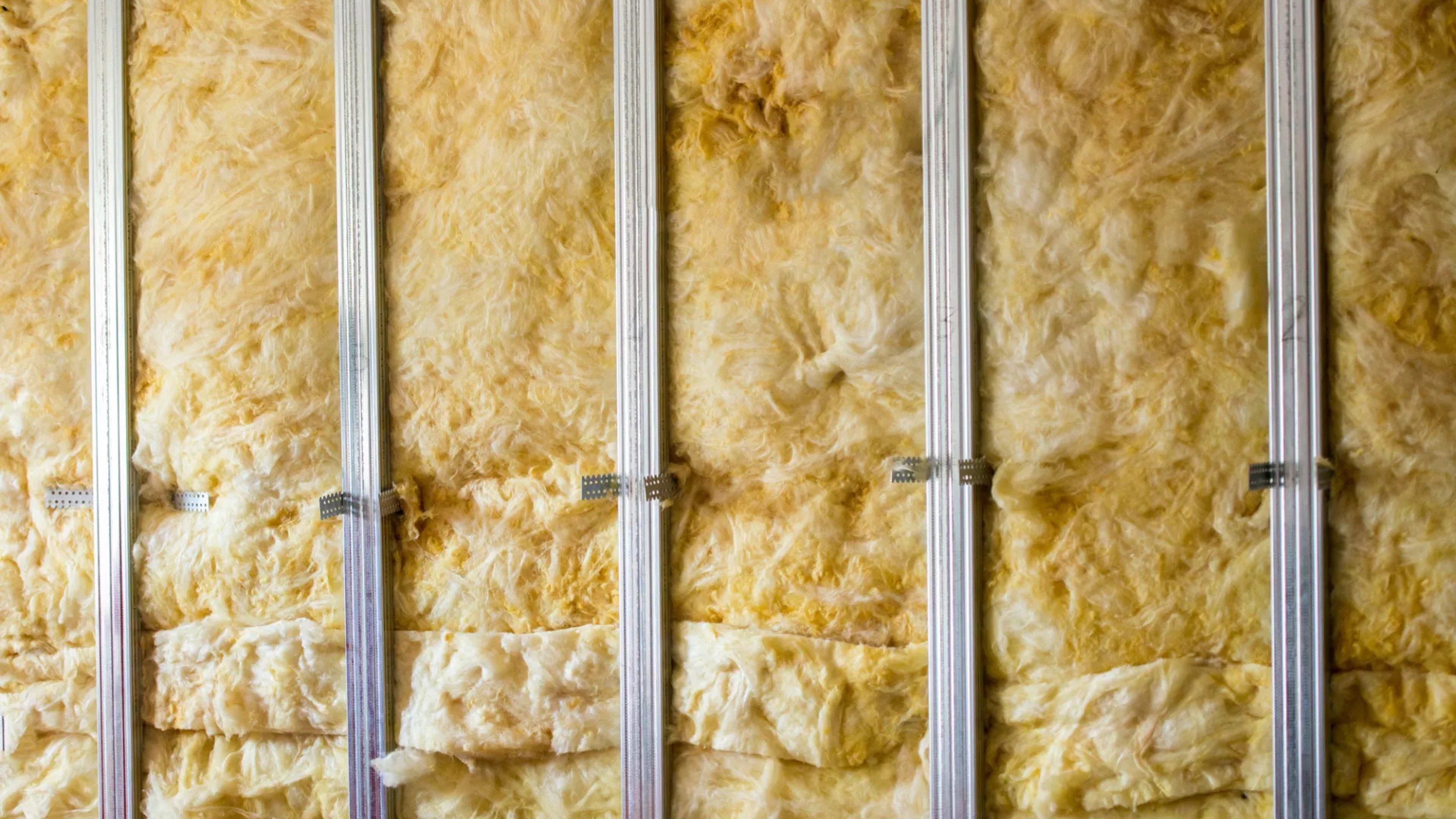Insulating a wall – best methods and materials for external and internal walls
Insulating a wall, including external and internal walls, can help ensure your home is energy efficient. Choose the best method and materials for solid or cavity walls.


Knowing what goes into insulating a wall can be vital to ensuring yours is a warm and energy efficient home. A home that’s energy efficient should be insulated from the roof to its foundation, and that means walls count.
Not only does insulating a wall mean that your appliances (such as the best washing machine), will be more efficient, it also means that your home with stay toasty throughout the colder months.
Wall insulation can be blown in or, if you’re remodeling, foam can be used or blanket insulation. Whichever route works for your home, whether done in tandem with adding attic insulation also or not, it’s a great way to reduce both heating and cooling costs.
Insulating a wall: wall insulation options
Insulating your walls can be worthwhile, and the best way to go about it in existing homes depends on the home remodeling project you are undertaking. We’ll take a look at the strategies you can use.
Insulating exterior walls
When should you consider insulating exterior walls? ‘If your attic has enough insulation and proper air sealing, and your home still feels drafty and cold in the winter or too warm in the summer, chances are you need to add insulation to the exterior walls,’ advises the US Department of Energy.
Although this isn’t a budget option, the department says that it can be worth the cost especially if yours is a very cold climate.
Some homes were built without, or with very little, insulation in the wall cavity. In this case, cavity wall insulation can bring savings as well as making your home more comfortable.
Get small space home decor ideas, celeb inspiration, DIY tips and more, straight to your inbox!
Blowing insulation into the wall cavity is the top option if you want to save on utility bills. Loose fill cellulose or fiberglass can be used for cavity wall insulation, and you will need a professional contractor to do the job.
Bear in mind that it does mean that small holes will be made in order to install the cavity wall insulation. However, if you’re remodeling with new siding, these will be concealed.
A further option if you’re taking siding off your home is to add a layer of foam sheathing on top of the original sheathing before fitting new siding. Different thickness of foam are available, with energy savings higher with thicker foam.
How do you insulate internal walls?
Insulate internal walls has more than one advantage. ‘Choosing to insulate your interior walls can significantly reduce noise from room to room, great for privacy and comfortable quiet when you have kids especially,’ says Jon Jordan, certified contractor and owner of Evergreen Home Exteriors and Remodeling. ‘Another benefit is making heating and cooling quicker, easier to maintain, and less costly. If you only need to heat or cool a single room or area, you can do that better in an interior-insulated house.’
How you go about insulating the internal solid or cavity walls will depend on what other remodeling work you’re doing.
If the wall cavities are open, spray foam or wet spray cellulose insulation can be used. If the cavities won’t be open, there is also the possibility of injecting spray foam insulation. Professional contractors can undertake this work for you.
Want to DIY? Batt and roll insulation is straightforward to fit if you’re handy, and is a lower budget route for insulating a wall. It won’t offer the best air seal, but can still be worthwhile.
What is a good insulator for walls?
For internal walls you can use batts made from materials such as fiberglass, mineral wool, sheep’s wool and even cotton. Fiberglass is the one you’ll come across most often.
When you’re choosing, check out the R-value of the batts, remembering that the higher the R-value the greater the effectiveness of the insulation.
What is the best way to insulate a wall?
When you are remodeling and insulating a wall internally, you need to fit the batts between wall studs. It is important to note that they must not be compressed when you’re fitting them, and they should completely fill the stud cavity.
‘When installing fiberglass insulation, simply applying it is easy, but to get the most out of it, you must focus on getting the details right,’ says David Sheppard, founder of HVAC Judge. ‘Heat or cold may escape through any crevice and compressed batt.’
Always take care if you’re working with fiberglass or mineral wool, as it can be an irritant to skin, eyes, and the respiratory tract. Wear protective clothing, a mask and goggles.
The batts may need to be trimmed widthways, and will have to be cut to the correct length. If you live in a cold climate, and you aren’t using batts faced with paper or foil, fit a vapor retarder to prevent condensation.
‘A common mistake DIYers make is that they just use the fiberglass roll to insulate their walls,’ says Volodymyr Barabakh, co-founder and project director of Fortress Home. ‘Although insulation roll is the main material that you use to insulate walls, it is very difficult to make it flush with the frames of a wall. Therefore, insulation foam is needed to fill in the cracks between the wooden frames of the wall and the fiberglass roll.’
Is it worth insulating my walls?
Adding wall insulation is a worthwhile strategy to make your home more energy efficient and reduce the cost of bills.
‘The better insulated, the less energy is needed to keep your home at a comfortable temperature,’ says Andre Kazimierski, CEO of Improovy. ‘In a poorly insulated home, over time, much more money will be spent on heating and air conditioning, making good insulation highly worth it.’

Sarah is a freelance journalist and editor writing for websites, national newspapers, and magazines. She’s spent most of her journalistic career specialising in homes – long enough to see fridges become smart, decorating fashions embrace both minimalism and maximalism, and interiors that blur the indoor/outdoor link become a must-have. She loves testing the latest home appliances, revealing the trends in furnishings and fittings for every room, and investigating the benefits, costs and practicalities of home improvement. It's no big surprise that she likes to put what she writes about into practice, and is a serial house revamper. For Realhomes.com, Sarah reviews coffee machines and vacuum cleaners, taking them through their paces at home to give us an honest, real life review and comparison of every model.